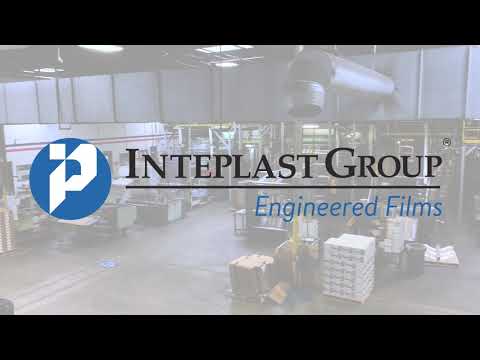
If it was good enough to use once, who says it’s not good enough to use again? Sumita Ranganathan, IEF’s new technical expert, is a fan of sustainability and when there’s a chance to talk about it, she’s all for it. This month, we sat down with her to talk PCR.
Q: Let’s get back to basics: What is PCR?
Sumita Ranganathan: PCR stands for post-consumer recycled plastic. It’s derived from end user products that have reached the end of their life cycle like PET clear water bottles, HDPE milk jugs and shopping bags. The material is collected, cleaned and sorted, processed and becomes useable in place of virgin plastic.
Q: What are some of the benefits of incorporating PCR into existing formulas?
SR: Environmentally speaking, a lot! Of the 8.3 billion metric tons of plastic that has been produced in the past 60 years, 6.3 billion tons has become plastic waste and only 9 percent of that has been recycled. On top of that, an estimated 8 million metric tons of plastic ends up in the oceans every year.
While there’s an urgent need to clean up the environment, there’s also the need to plug the flow of plastic waste into it. Creating a demand for and using PCR could not only help reduce existing waste but also divert plastic waste from landfills and the environment. There are various sustainable options available for plastic manufacturing but PCR has shown to be a really efficient option.
PCR has the ability to reduce the carbon footprint by 30 – 50 percent. Plus, initial production stages to create virgin plastic can be avoided with PCR, creating a reduced resource intensity. Furthermore, with the increase of public awareness, we’re seeing mandates develop to incorporate more PCR content by brand owners and consumers alike.
Q: Are there perceived notions or hesitations about PCR when it comes to incorporating it into formulations? How would you convince them to give PCR a chance?
SR: A common misconception is that PCR is of a low quality because of the wider specification due to the multiple sources it can be made of. They’re prone to gels and often have a grey to green color, which is in due part to the material sources and processing steps. Additionally, they are prone to gels and often have a grey to green color because of the number of sources PCR is made of. From an optical point, haze and color are negatively impacted.
From a cost point perspective, PCR is at best cost neutral compared to virgin material with PCR typically being a bit more expensive. FDA-approved grades are available but more expensive. Having said that, it is possible to reformulate to accommodate for PCRs shortcomings. Technology is evolving and being more effective in producing PCR plastic as close as possible to virgin material in both properties and cost. As demand increases, hopefully PCR will become less expensive
PCR, among the various sustainable options, is the most efficient in terms of providing a solution to environmental plastic waste. It can replace virgin resin and divert used material from landfills and bodies of water. The much larger challenge is getting consumers educated about PCR and to change the perception that a clear plastic is not superior or denote quality compared to a PCR plastic that might have a slightly compromised color or haze.
Q: What will help more companies incorporate PCR into their formulations?
SR: Educating the consumer and reiterating the need for us to clean up the environment. Plastic litter is a visible problem even in developed countries. It’s not a problem restricted to the Pacific or Atlantic gyres or land masses in Asia. If consumers request the use of PCR, it will force brand owners to make it a requirement which in turn will create a demand for it. Doing this would help give value to used plastic and thereby prevent them from being an environmental problem
Q: Is there significant investment to begin using PCR?
SR: Additional ancillary equipment like blenders may be required to add PCR material to virgin material. Most PCR processes like virgin material but it’s always best to check as there have been instances where process conditions need a bit of a tweak.
Q: Does PCR have an impact on the quality of the film? It’s strength? It’s clarity? It’s overall performance?
SR: PCR material has a wider specification in terms of density, rheological properties (IV, MI). Gels and color are the major issues associated with PCR. The presence of gels could result in a lowering of some of the mechanical properties. However, by creative reformulation most of the above can be mitigated.
Q: What is IEF currently doing with PCR?
SR: We’ve had some really great developments with PCR. Recently, we successfully incorporated 7 – 21 percent PCR in our formulation for one of our major customers. We’re also looking into incorporating PCR into food packaging formulations as well.
To learn more about IEF’s work with PCR and how we can help you make more sustainable engineered films, click here.
Published August 2019



